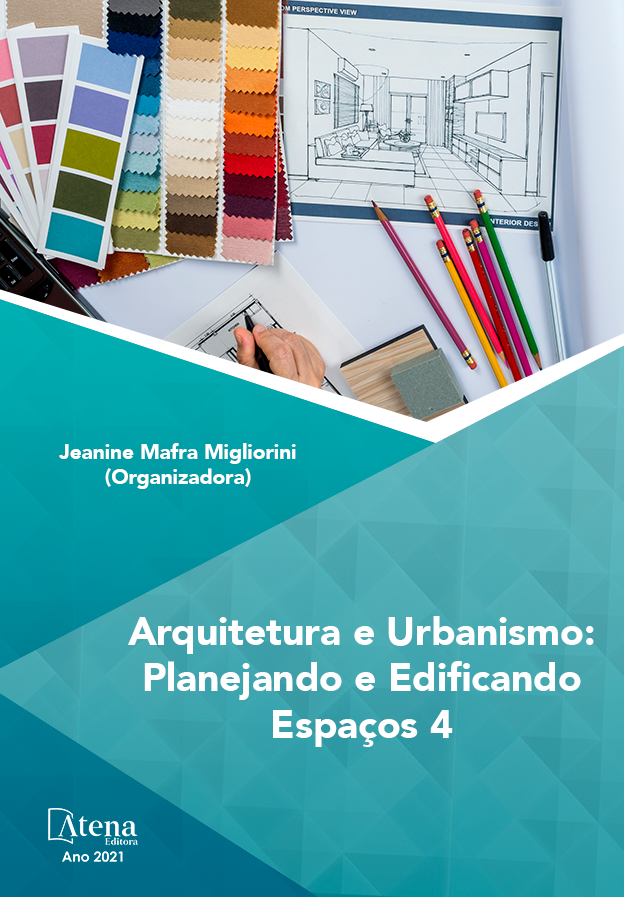
ESTUDO DA ILHA DE CALOR URBANA EM SÃO CARLOS/SP: COMO OS REVESTIMENTOS URBANOS INTERVÊM NAS VARIAÇÕES DA TEMPERATURA DO AR
O fenômeno de ilhas de calor urbanas ocorre principalmente nos centros urbanos caracterizados pela grande concentração de edificações, ausência de vegetação e uso de materiais impermeáveis com grande capacidade de armazenar calor. As temperaturas elevadas causam desconforto térmico, problemas de saúde e maior consumo de energia para refrigeração. Neste contexto, este artigo apresenta os resultados de uma pesquisa de mestrado cujo objetivo foi investigar o impacto dos materiais dos revestimentos horizontais urbanos no campo térmico e na formação de ilhas de calor urbanas na cidade de São Carlos, SP. Embora São Carlos seja uma cidade de porte médio, o processo da urbanização criou áreas densamente construídas e sem muita vegetação, o que favorece o aquecimento do ar e das superfícies. Para avaliar a variação da temperatura em relação às características urbanas, foram realizadas medições da temperatura e umidade do ar em 10 pontos que representam diferentes tipos de ocupação urbana. Simultaneamente, ocorreu a identificação da permeabilidade dos revestimentos horizontais em cada local de monitoramento. A análise das variáveis climáticas e físicas mostrou que a temperatura do ar é mais alta nos pontos em cujos entornos predominam materiais impermeáveis, enquanto a umidade apresenta valores mais baixos nesses locais.
ESTUDO DA ILHA DE CALOR URBANA EM SÃO CARLOS/SP: COMO OS REVESTIMENTOS URBANOS INTERVÊM NAS VARIAÇÕES DA TEMPERATURA DO AR
-
DOI: 10.22533/at.ed.0862127012
-
Palavras-chave: ilha de calor urbana, revestimentos, conforto ambiental, planejamento urbano.
-
Keywords: urban heat island, land cover, environmental comfort, urban planning.
-
Abstract:
The phenomenon of urban heat island occurs mainly in urban centers characterized by big concentration of buildings, absence of vegetation and use of impermeable materials with high capacity to store heat. High temperatures cause thermal discomfort, health problems and higher energy consumption for cooling. In this context, this paper presents results of research with the aim to investigate the impact of materials of land cover on the thermal field and formation of urban heat islands in the city of São Carlos, SP. Although São Carlos is a medium sized city, the process of urbanization created densely built up areas without a lot of vegetation, which benefits the heating of air and surfaces. In order to evaluate the temperature variation in relation to urban characteristics, measurements were made in 10 points which represent different types of urban occupation. Simultaneously occurred the identification of permeability of horizontal coatings (land cover) in each point of measurement. The analysis of the climatic and physical variables showed that the air temperature is higher in the points in whose surrounding predominate impermeable materials, whereas the humidity shows lower values in these points.
-
Número de páginas: 15
- Bojana Galusic
- Kelen Almeida Dornelles


